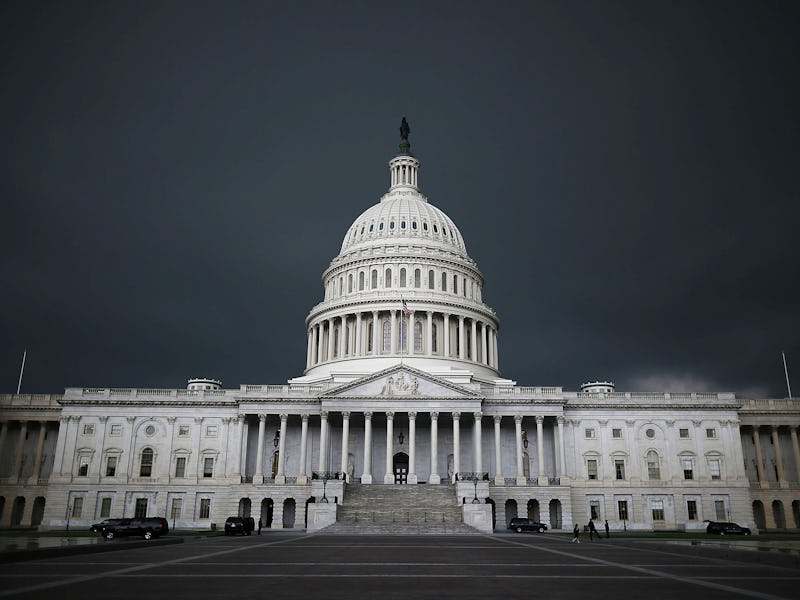The House Votes to Repeal Obamacare: 5 Stats That Tell the Story
The final vote count was 217 to 213.

The House of Representatives narrowly voted on Thursday to repeal and replace the Affordable Care Act (Obamacare), a long-held goal of the party and President Donald Trump. It will now go to the Senate, which has not yet announced concrete plans for voting on or changing the bill. Here are five stats that tell the story of the vote.
217-213
The House vote came out to 217 for, 213 against, with one Republican member not present for the vote. It came down to the wire, with Republicans bringing the second iteration of the American Healthcare Act to the floor with about 47 Republican representatives still undecided and 18 already committed to voting no. A total of 23 Republican “no” votes would have been needed to stop the legislation.
All 193 House Democrats voted against the bill, along with a total of 20 Republicans — Ohio Representatives Michael Turner and David Joyce wound up on the “no” side after going into the vote undecided. All other undecided Republicans voted “yes.”
105
The vote took place on President Trump’s 105th day in office. It represents House Republicans’ second attempt to push the bill through. A coalition of ultra-conservative Republicans (the self-titled Freedom Caucus), along with a number of moderates, objected to various aspects of the bill the first time around. It resulted in House Speaker Paul Ryan canceling the first vote, initially rescheduled for March 23. The Freedom Caucus voted “yes” this time.
$14,000
The American Health Care Act represents a significant rollback of the benefits provided by Obamacare. Under Trump’s plan (Trumpcare?), the largest tax credit on offer to offset the costs of healthcare for sick and low-income Americans is $14,000. That’s compared to the ACA’s nearly $50,000 tax break, potentially available for individuals making between 100 and 400 percent of the federal poverty level.
7
Obamacare has been in place since 2010, and for much of the seven years of its existence, Republicans have been aiming for it. Left untouched by the Republican bill is the Affordable Care Act’s policy that adult children can stay on their parents’ health plan until they turn 26.
???
Uncertain is the future of those who have found new or first-time health coverage as a result of the Affordable Care Act. As of the end of 2016, approximately 6.4 million Americans have signed up for healthcare through Obamacare’s government exchanges, many of whom have benefitted from the Medicaid expansion that was a crucial part of the law. It’s also the area in which the new Republican replacement makes the most significant cuts.
Because Republicans rushed to vote on the new form of their bill before the Congressional Budget Office (CBO) could release a prediction of its impact, it’s unclear exactly how it will affect nationwide coverage numbers. The CBO did estimate that the earlier version would leave 24 million more people uninsured than Obamacare, largely because of rollbacks to that Medicaid expansion. The new figures are likely to be in a similar range, especially with the added ability for states to eliminate pre-existing condition protections.